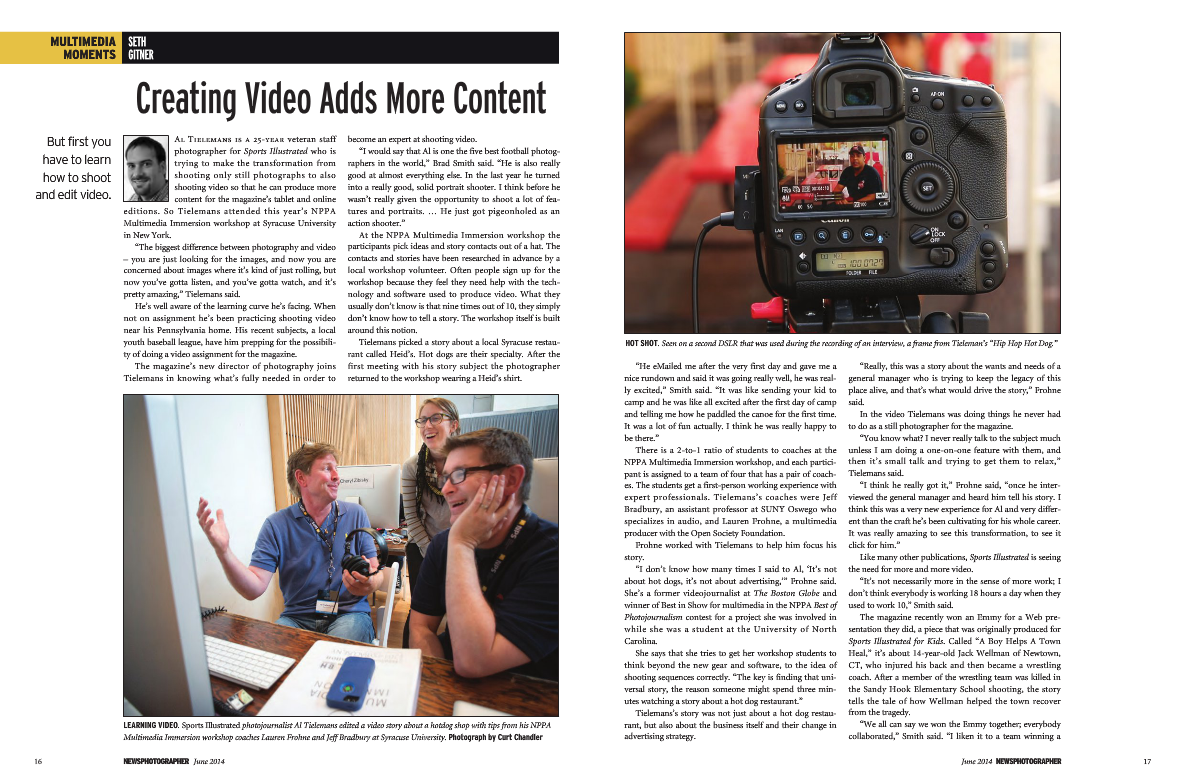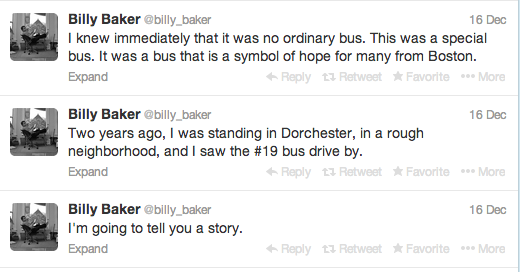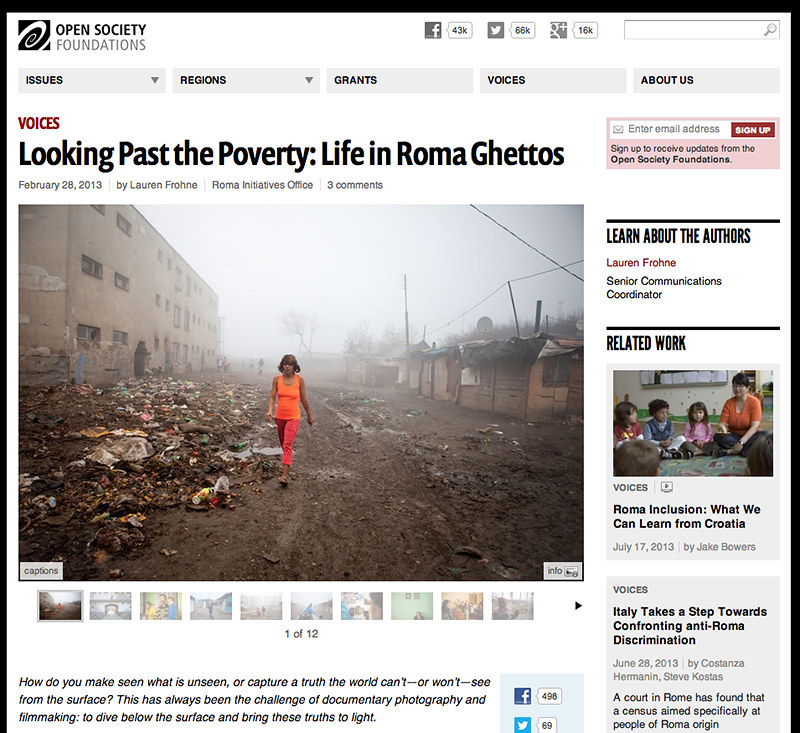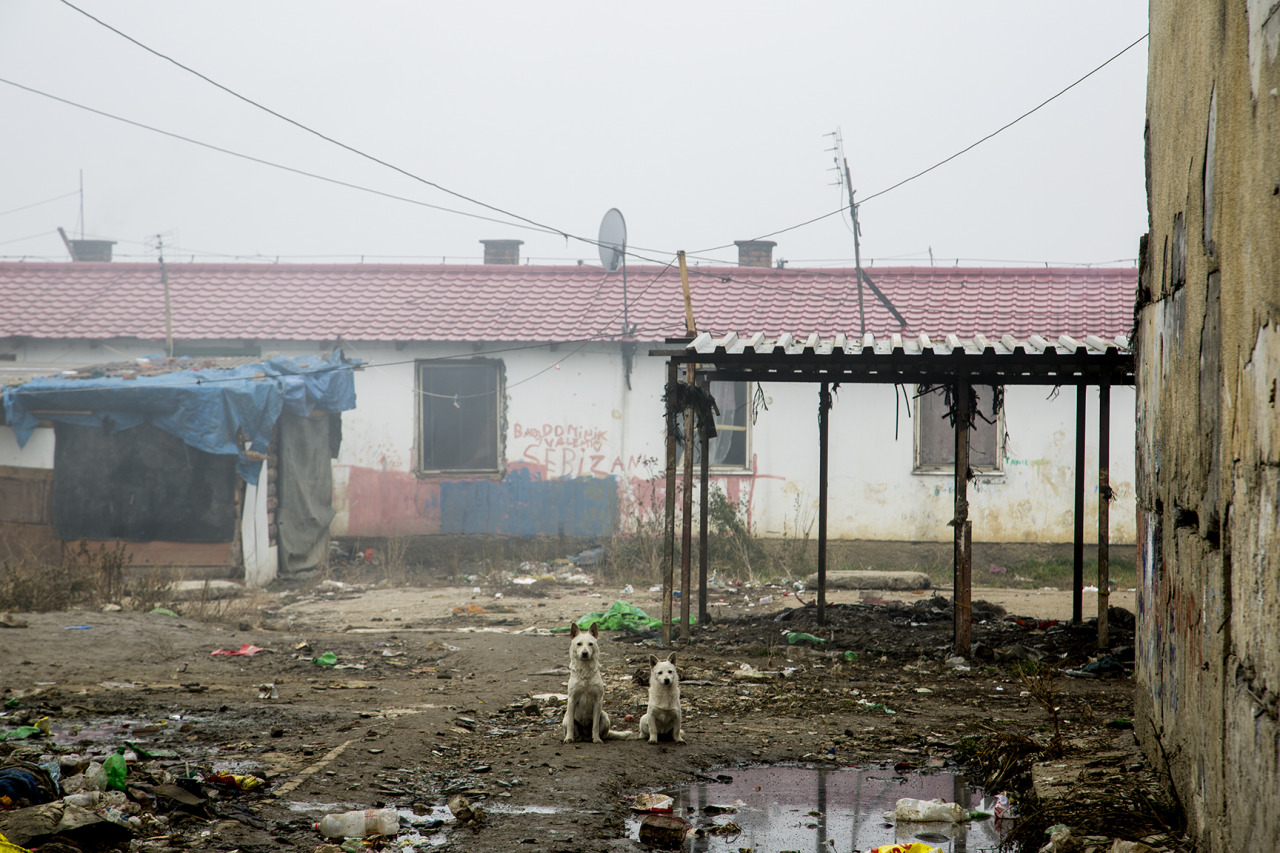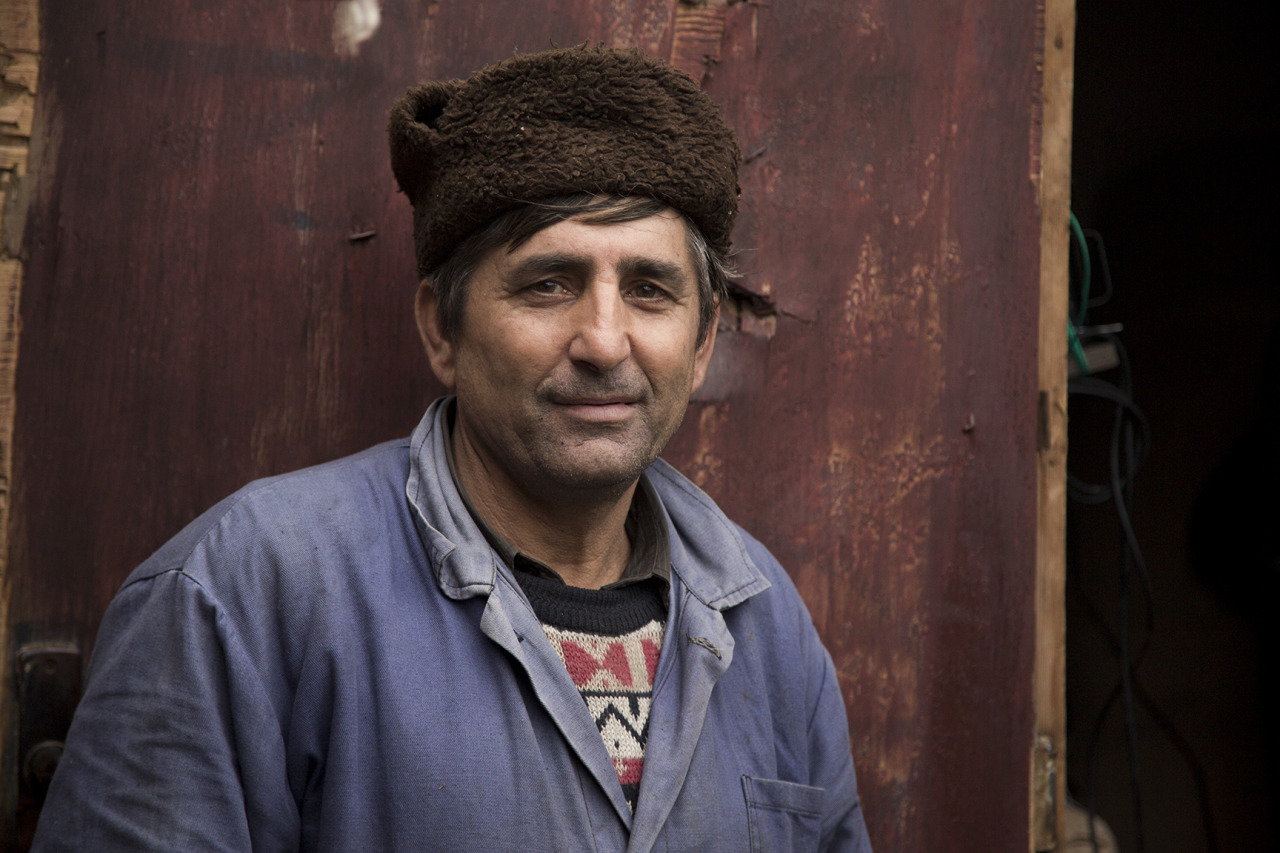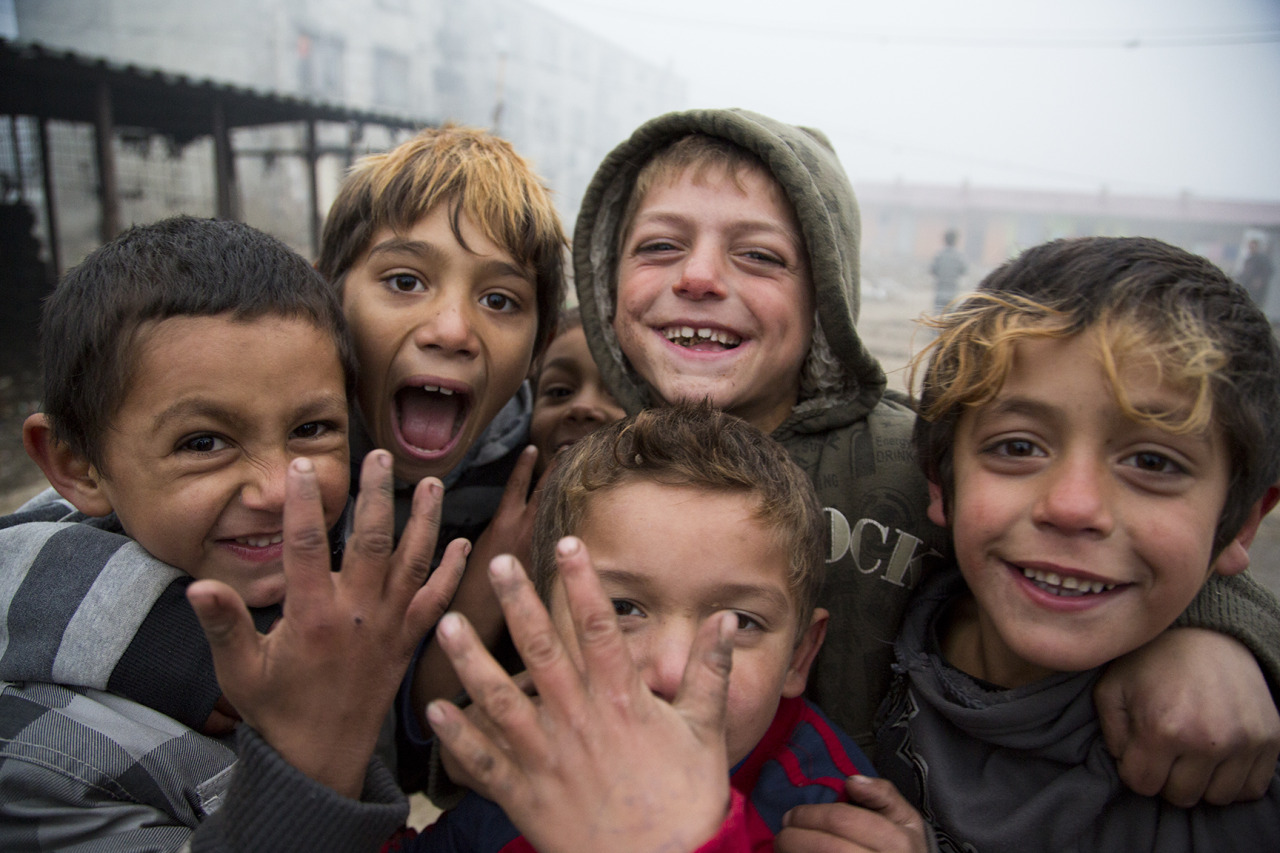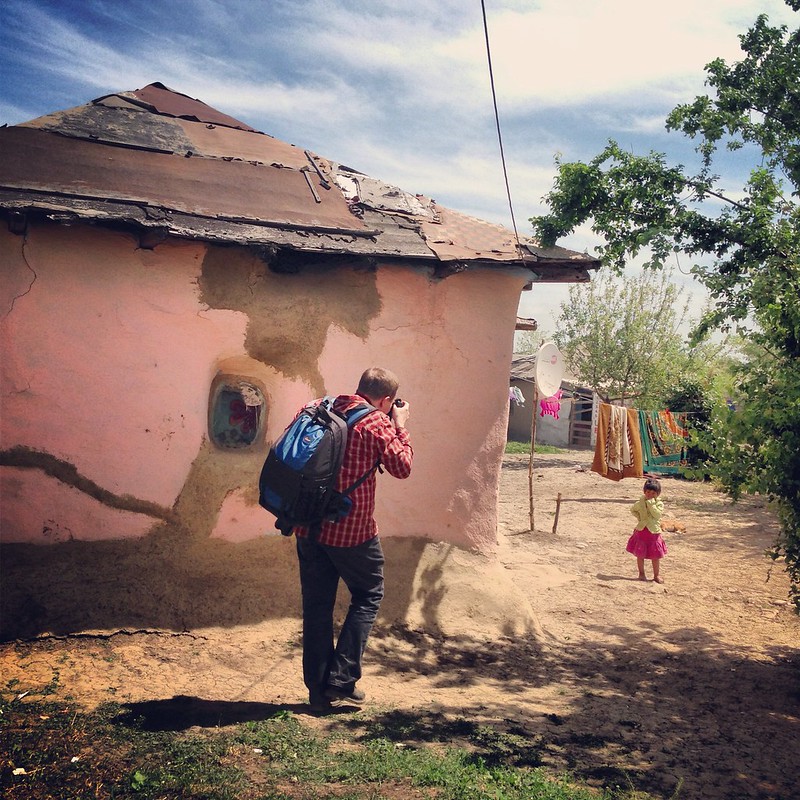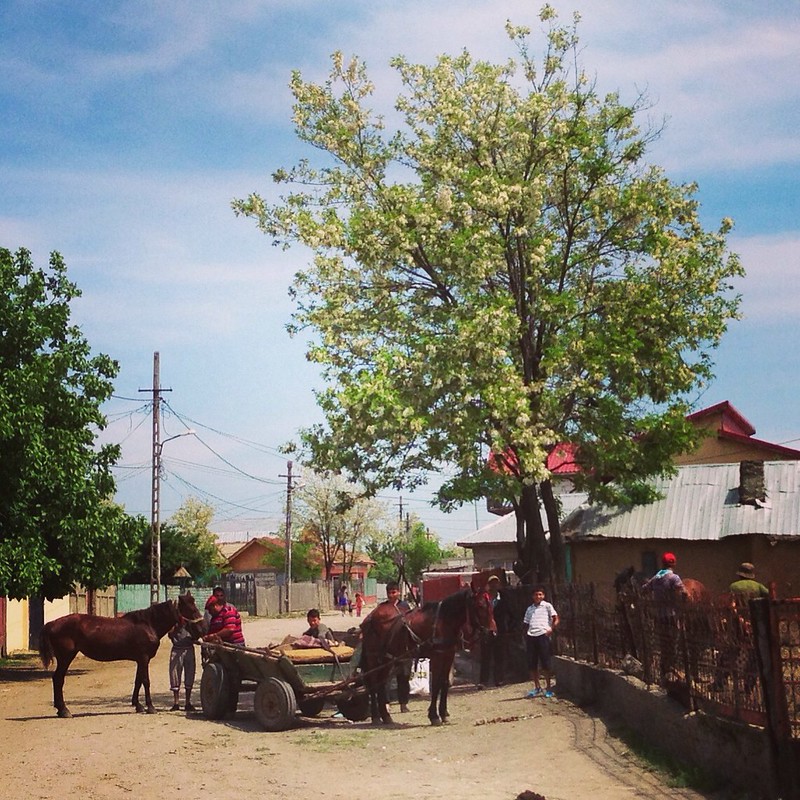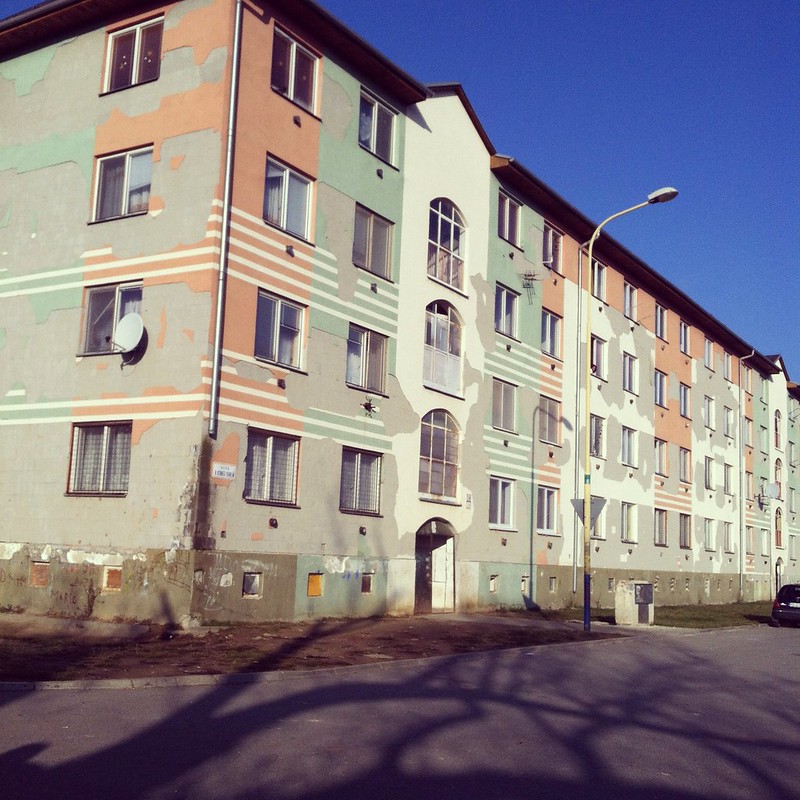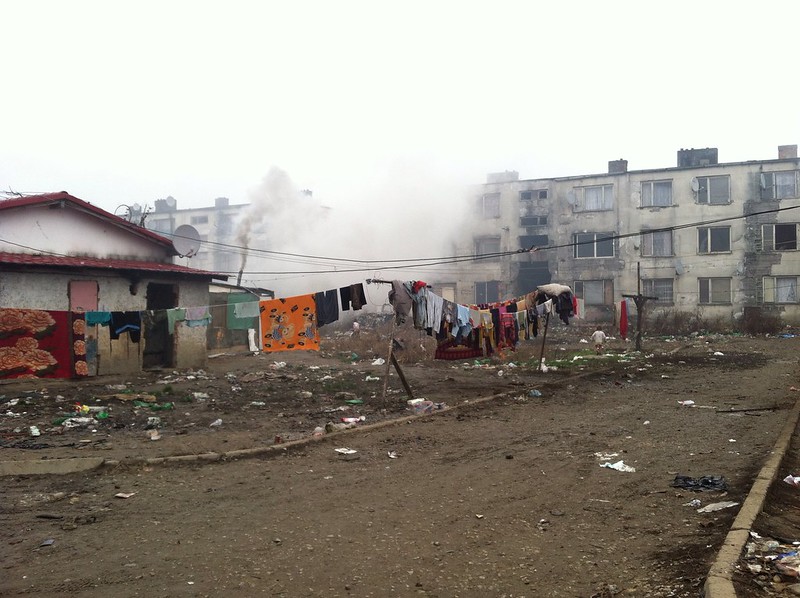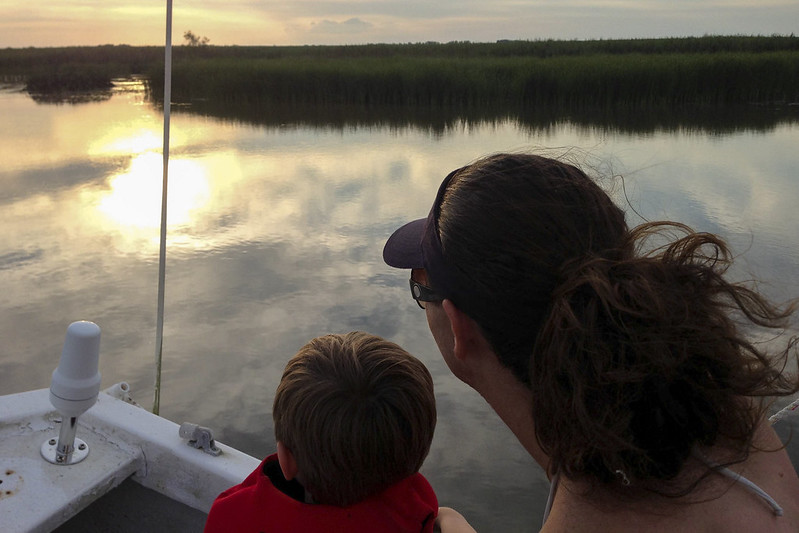Back in May, I had the opportunity to coach at the NPPA Multimedia Immersion Workshop at Syracuse University. It’s an intensive, week-long workshop during which professional coaches from all sorts of outlets and organizations come together to teach sessions and do one-on-one story production with students.
From what I’ve gathered, the workshop was historically attended by a lot of newspaper and magazine photojournalists looking to gain some skills in producing multimedia. But this year’s batch of students ranged from picture editors at USA Today and Getty, to newspaper photojournalists, freelance documentary photographers, deans of business schools, MIT media lab, college students, educators, marketing types. It was a very diverse group of people, all looking to either learn video from scratch or get better with the gear they have.
The incredible part of this workshop is the ratio of students to coaches. Each pair of coaches (one Immersion veteran paired with one newbie coach, like me) had four students they worked with all week. I had the pleasure of working with Wes Pope, an innovative educator and super creative storyteller (and all-around awesome dude). I personally learned a lot from coaching with him the whole week. And our students were Kellen Deam (a student at Ball State University), Sara Wood (a rep for Nikon), Andy Wallace (a teacher turning toward video), and Andrea Bruce (amazing documentary photographer). Everyone was familiar with video to some degree, or at least visual production in some way, and a couple of them had edited with Final Cut Pro X before. Most importantly, everyone was super motivated to make something great within the tight timeframe of the workshop.
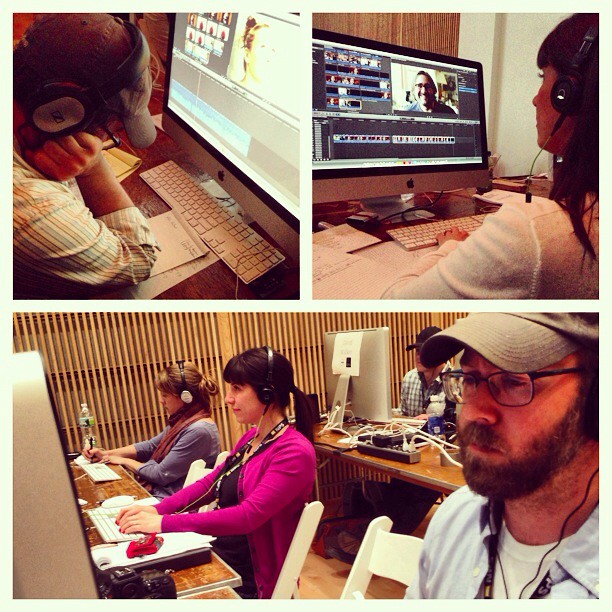
The one thing I tried to distill down with my students was what the heart of the story is. Most of their “story ideas,” which they chose out of a hat, were really just people or places of business. That’s not a story, it’s a jumping off point. For example, Sara Wood pulled out a tattoo shop as her story idea from the hat. It’s really easy to do a profile of a tattoo shop. They are usually vibrant and visual places full of interesting looking people, with the signature audio of the buzzing needle. But she really didn’t want to make the tattoo shop profile that’s been made a hundred times before. The first day she went out, she spent a bit of time there and then called me to check in. She seemed bummed that there wasn’t anything particularly dynamic going on. I asked about clients coming in. She said that day there was a guy coming in to get a cowboy tattoo. Okay hmmm… what about tomorrow? She said there was another client coming in to get a memorial type of tattoo. Oh yeah? Of what? HIS DOG. Immediately I knew that was her story, if she could get the access. She worked really hard to produce it, and really whittled down this big theme of “TATTOO SHOP” to a small, but very moving little story. It was less about telling the whole big picture story, and more about drilling into one little facet of it. Check out “Belle’s Strawberries”…
The only real hang up we had the whole week was one of those situations where a student’s first story fell through… and then stories kept falling through. It’s the worst situation for a workshop setting. You have a limited amount of time that you are trying so hard to maximize, you’re stressed, and things aren’t working out. That’s what happened with Kellen Deam. He was first assigned the nearby Ronald McDonald House, which is a great place to find really important and compelling stories to tell. But it’s also sensitive and relies on who is around that particular day. On Kellen’s particular day, there weren’t many people, and the ones who were there wouldn’t grant the access. So we went to a backup plan: go to the local farmers/artisan market and fine someone who makes or sells something there and has a great visual story, if not more. Kellen shot a little the next morning, but came back without a story. It was Thursday night, our Friday night deadline was rapidly approaching. Seth Gitner recommended maybe going to this local diner called Nicky’s Quick Cup and seeing if the family who owns it would share their story. So the next morning Wes went out to shoot with Kellen, providing some additional support as we were on our last option. They mic’ed up the current owner and her grandmother (the original owner) as a conversational scene in which the audience would feel like they were eavesdropping on a family conversation between them. You get a great sense of place and character, and overall it turned out to be a fun, quick-turn (thanks to some tag-team, intensive edit coaching between Wes and me) little story. Here’s “A Family Business”…
I won’t go into the production timelines of the rest of our team’s films, but overall it was an amazing experience working through these stories with Andy and Andrea. They really wanted to learn and create something perfect. That’s a tall order under such extreme circumstances, but I think we all got close. I’m just glad everyone came away happy, albiet slightly exhausted after finishing the export of all the videos at 4am Friday night/Saturday morning.
Probably my biggest personal challenge for the week was that we were teaching the students to edit with the new Final Cut Pro X, and I had never so much as opened the application before the first day of Immersion. I’ve been using FCP 7 (and previous iterations) for a long time now, and while some aspects of the new version are similar, just in terms of how all nonlinear editing systems work, it’s pretty much an entirely different piece of software. But by the end of the week, I was soaring through it with hot keys and shortcuts, and learning the pros and cons, mostly thanks so Joe Blum‘s amazingly thorough instructional packet. It was a really great way to buckle down and really learn something quick. The pressure always helps with that, too. Overall, I would recommend this workshop to anyone interested in learning multimedia video, or any professionals who have been thinking of taking time to coach it. It’s worth it.
So a big thank you to Seth Gitner and Will Sullivan for inviting me to be a part of the workshop.
Check out Andy Wallace’s “Release Skills” and Andrea Bruce’s “Empty Nest” below…
And see all of the NPPA Multimedia Immersion 2013 videos on the Vimeo channel.
